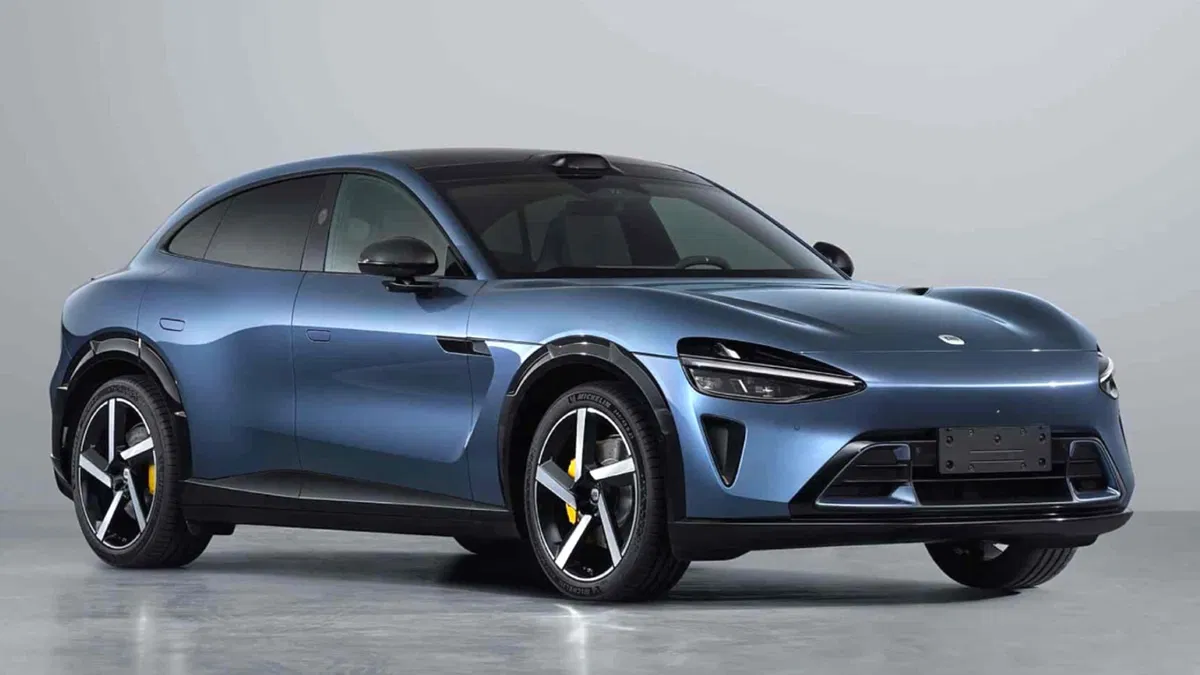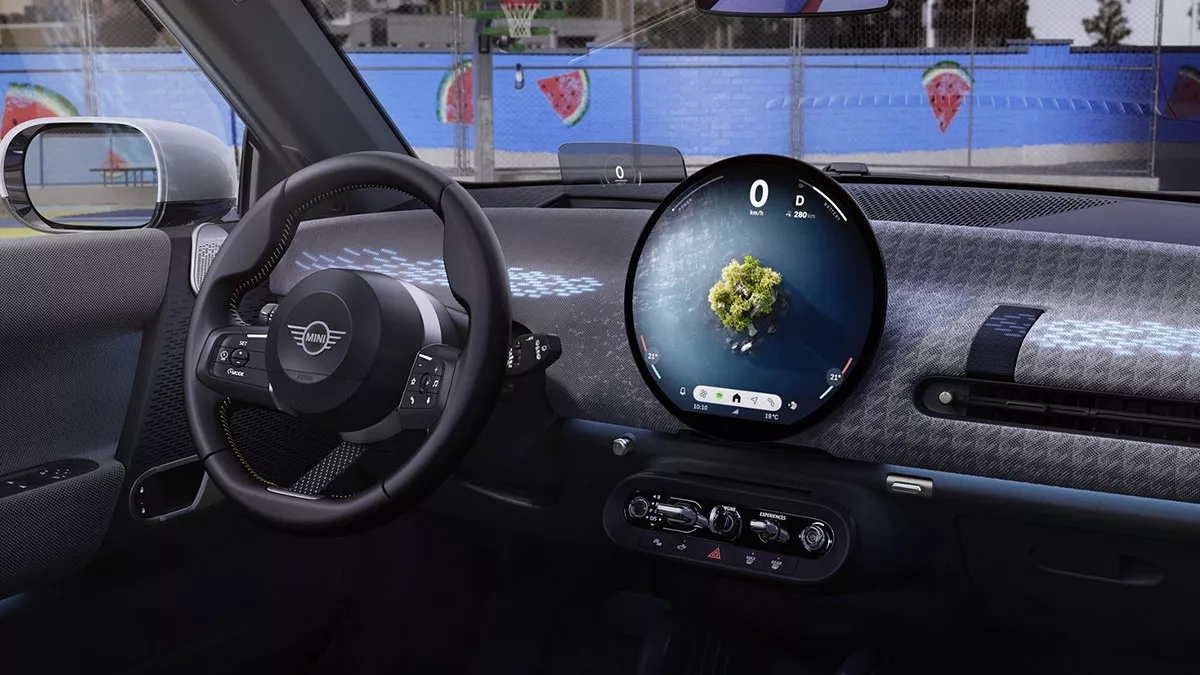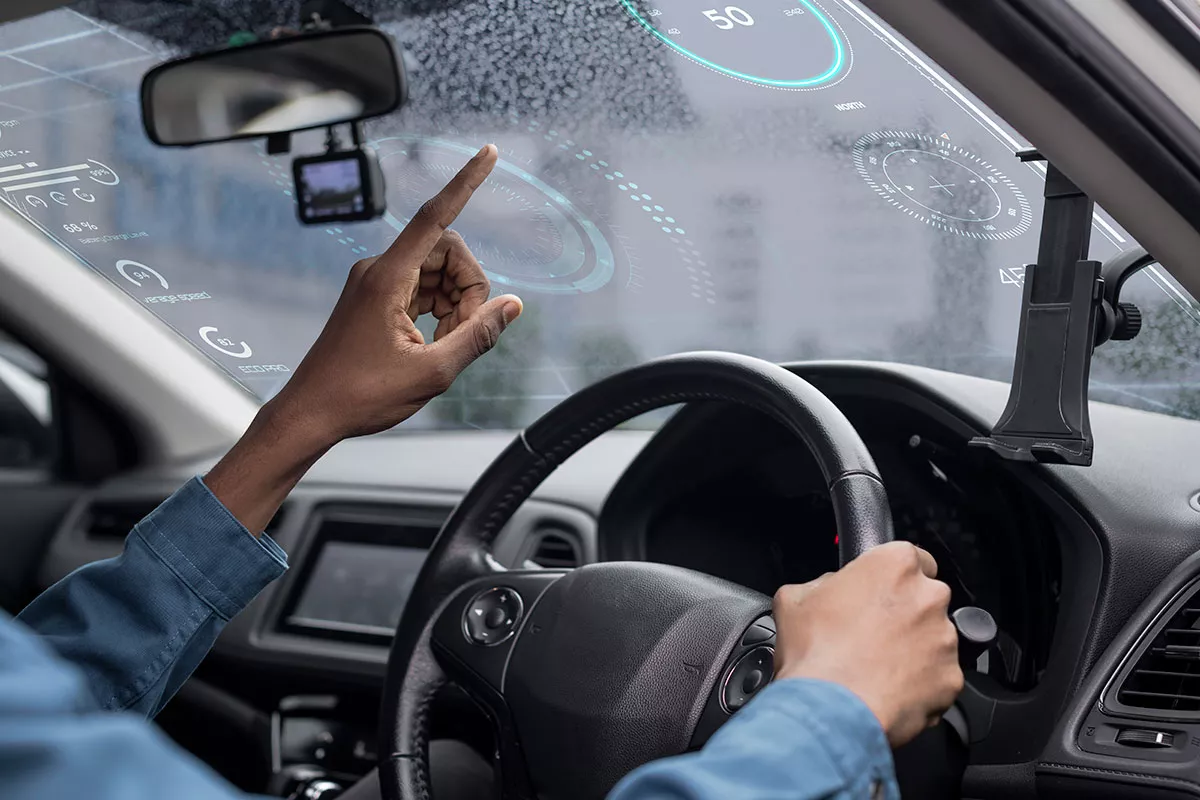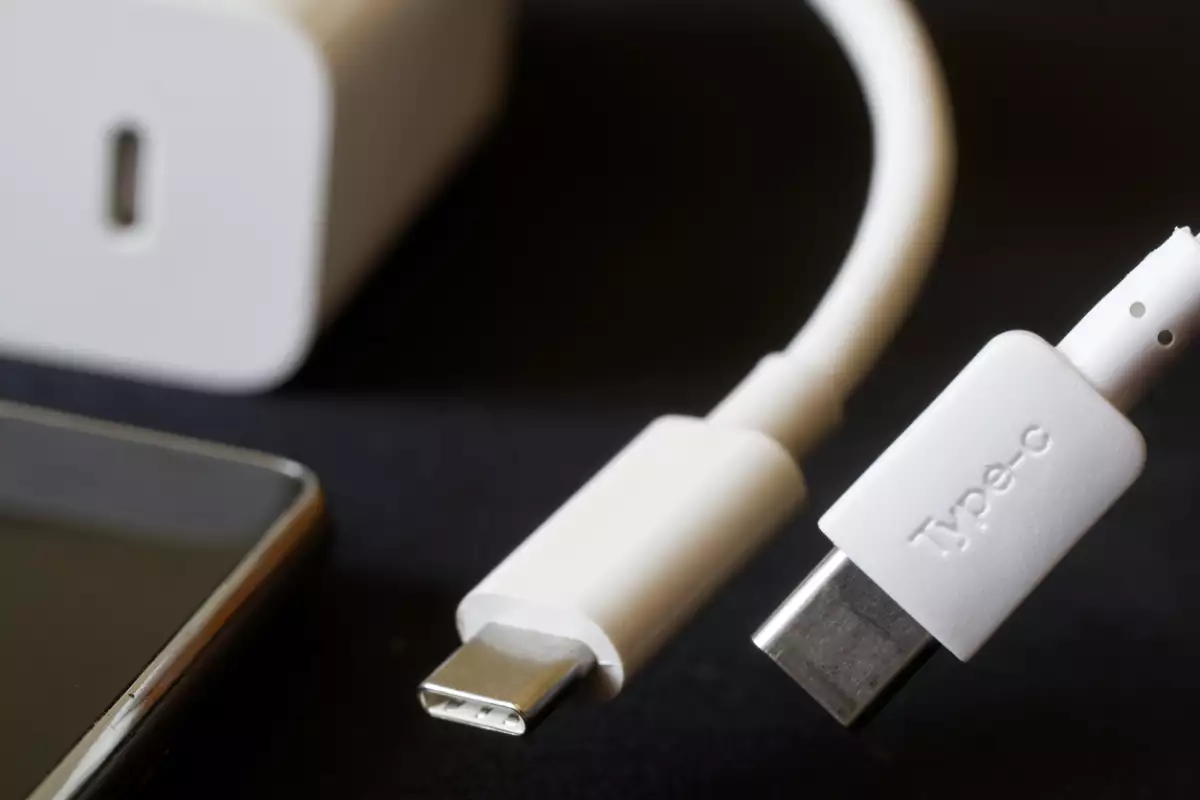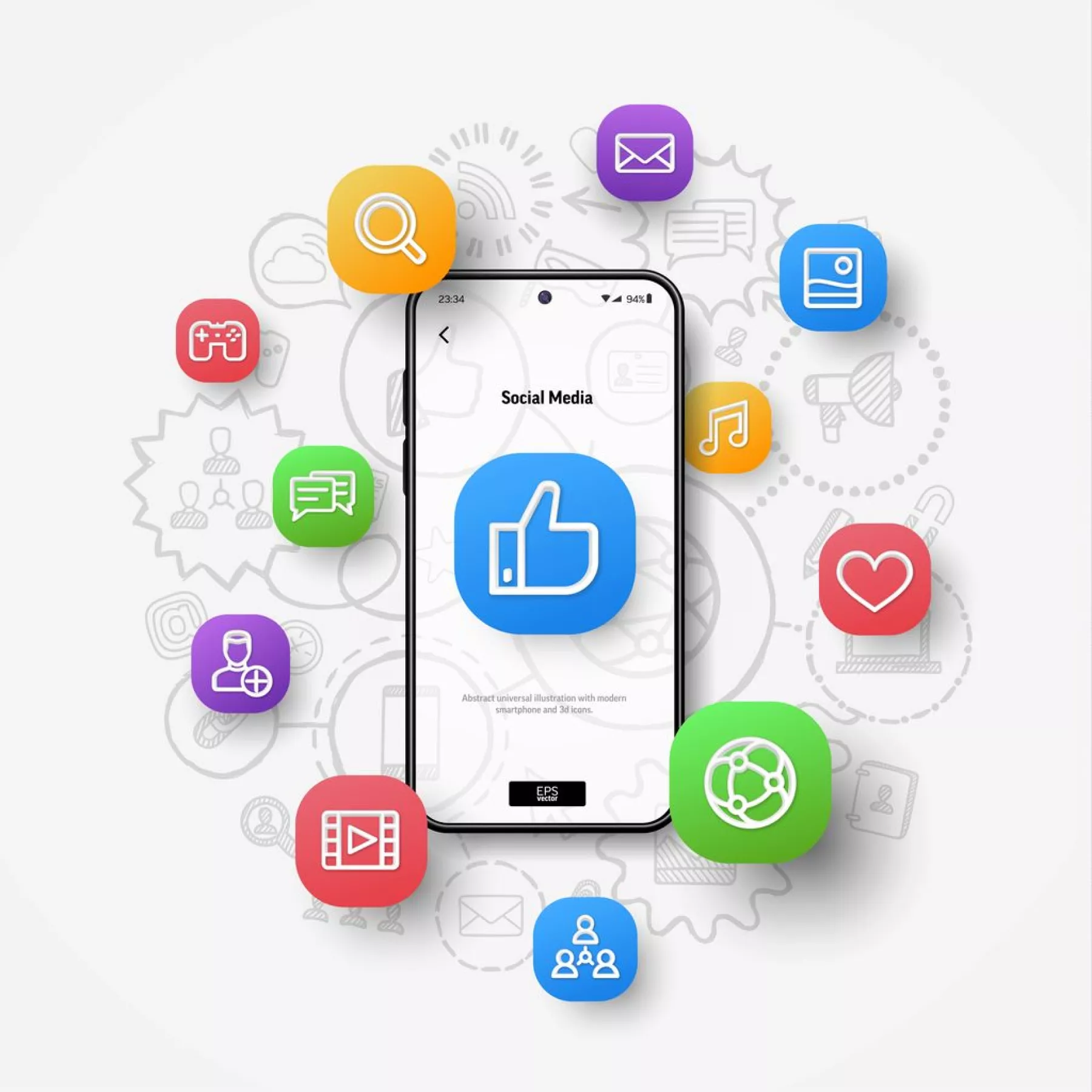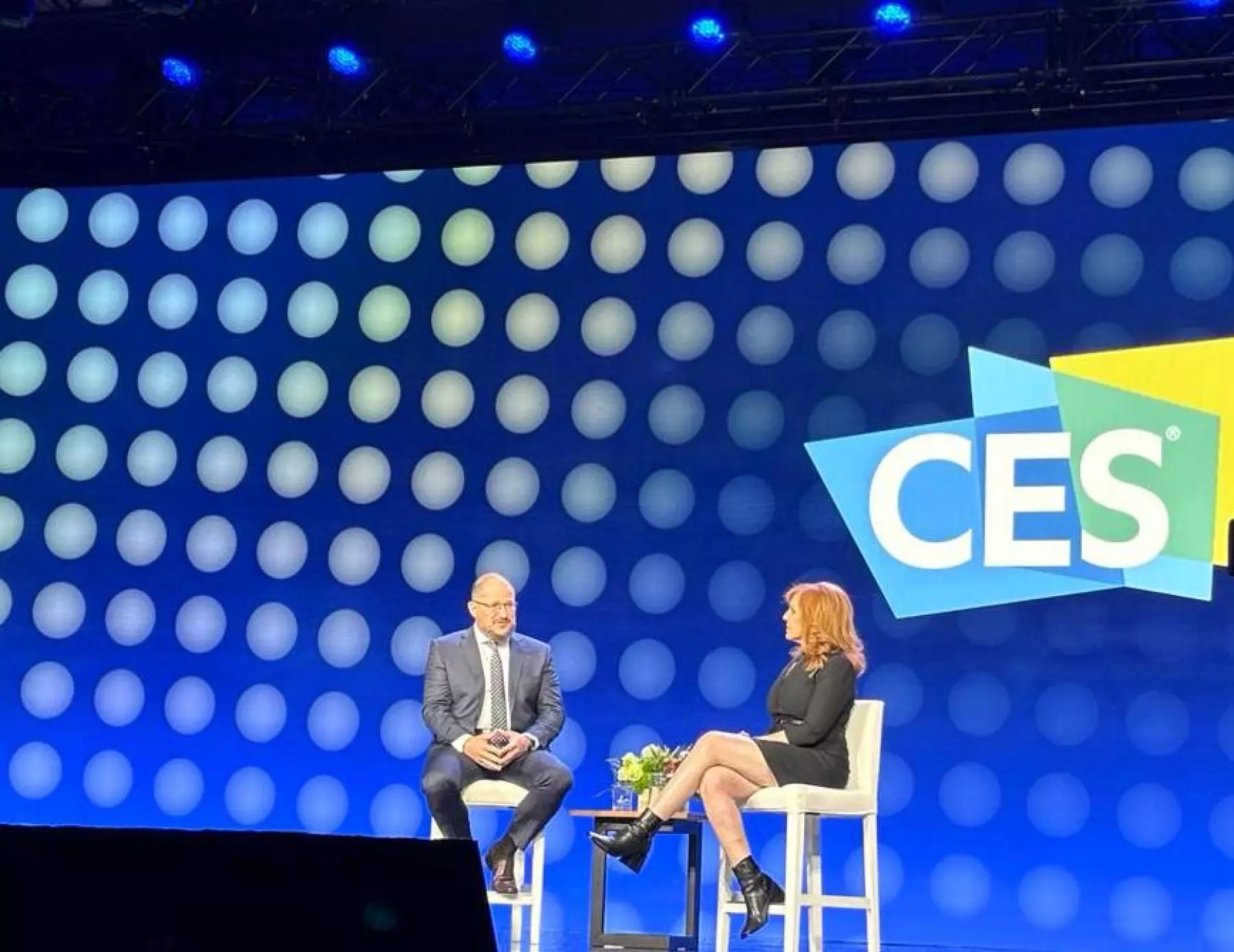
Generative AI is creating assistants everywhere, even in cars
Cristiano Amon, CEO of Qualcomm, said that the use of applications such as ChatGPT is accelerating its adoption across multiple devices, and creating a new interaction.
Las Vegas, Nevada. Generative AI has been made popular by ChatGPT, one of its main protagonists. However, it could power the output of thousands of attendees on various devices, including cars, smartphones and other gadgets.
In a keynote address, Cristiano Amon, CEO of Qualcomm, spoke about the relevance of this technology for his company and how it opens up an opportunity to see and create new interactions with products. Not only will more accurate translations now be possible from smartphones, but different voice assistants could also be created in cars or other products.
“The car is also a computing platform. You have entertainment, productivity and communication, you can even make purchases directly from your car,” said the executive in a talk at CES 2024.
One of the innovations that can be seen at the Qualcomm booth is a smart dashboard, which not only displays data on the car's status, such as energy levels or its operation, but also connects to an assistant that can schedule a service for the car if necessary.
Given this scenario, the Qualcomm executive pointed out that one of Snapdragon's focuses is on creating experiences within vehicles, where operation is simple and response is fast.
One of the company's launches was the automotive industry's first central computer for vehicles, capable of running infotainment functions and advanced driver assistance systems (ADAS) on a single system on chip (SoC), in conjunction with the German brand Bosch.
The resulting integration platform for the cockpit and ADAS from Bosch is the culmination of their long-standing relationship to develop established solutions that are defining the future of software-defined vehicles. Together, the companies have successfully executed several in-vehicle infotainment (IVI) projects and have established a strong global customer base in this area.
The Flex SoC chipset is designed to support mixed-criticality workloads, enabling digital cockpit, ADAS, and automated driving (AD) capabilities to be implemented together on a single SoC.
This capability enables automakers to achieve a unified core computing and software-defined vehicle architecture that scales from entry-level to premium categories.
Leveraging the Flex SoC, Bosch’s new vehicle computer can implement user experiences across infotainment functions, vehicle lifecycle management, and digital cluster and ADAS features such as object/traffic light/lane detection, automated parking, intelligent and personalized navigation, voice assistance, control for multiple displays, as well as data processing from cameras, radars, and ultrasound.
Leave a comment:

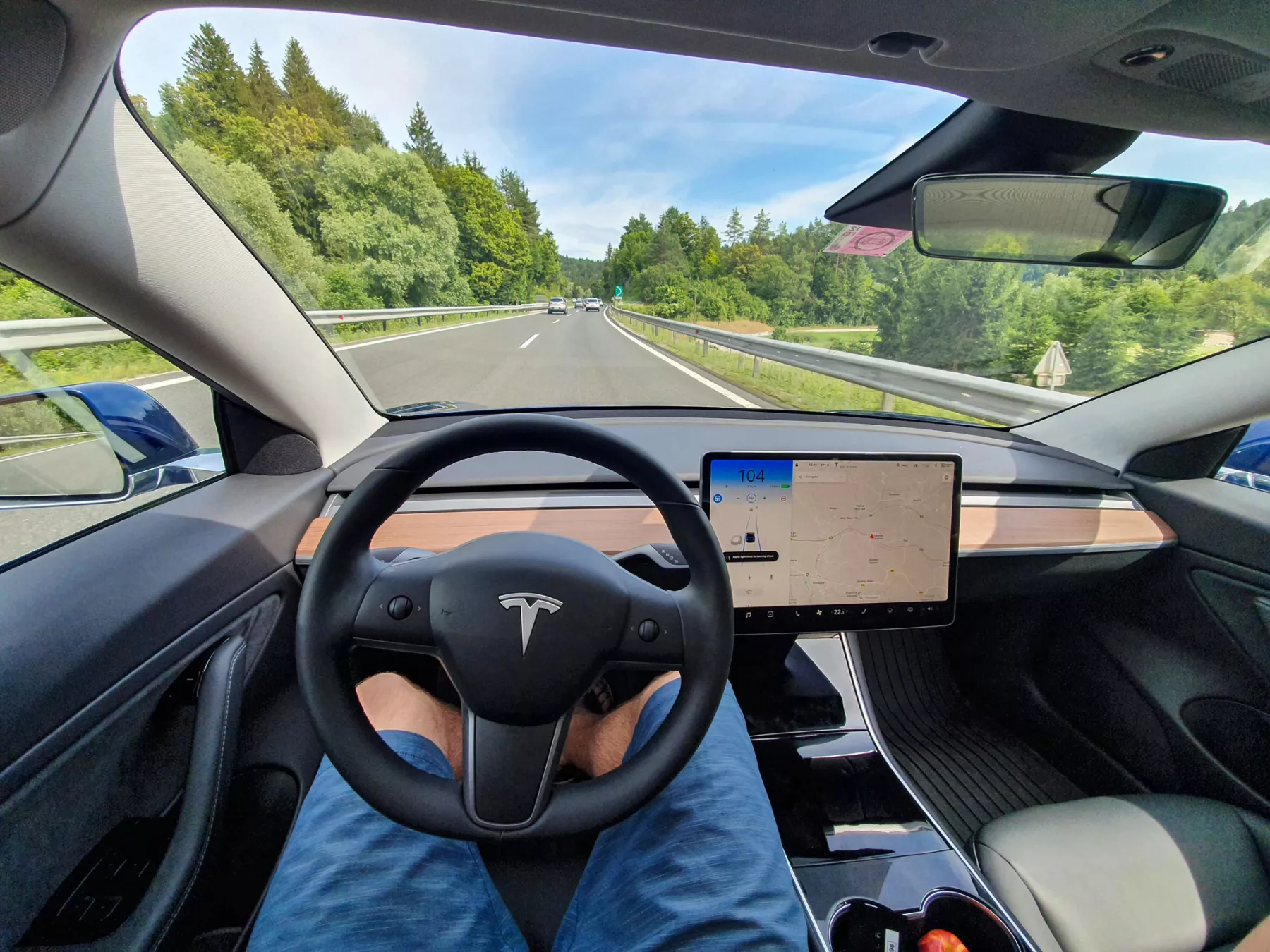
Tranding News

